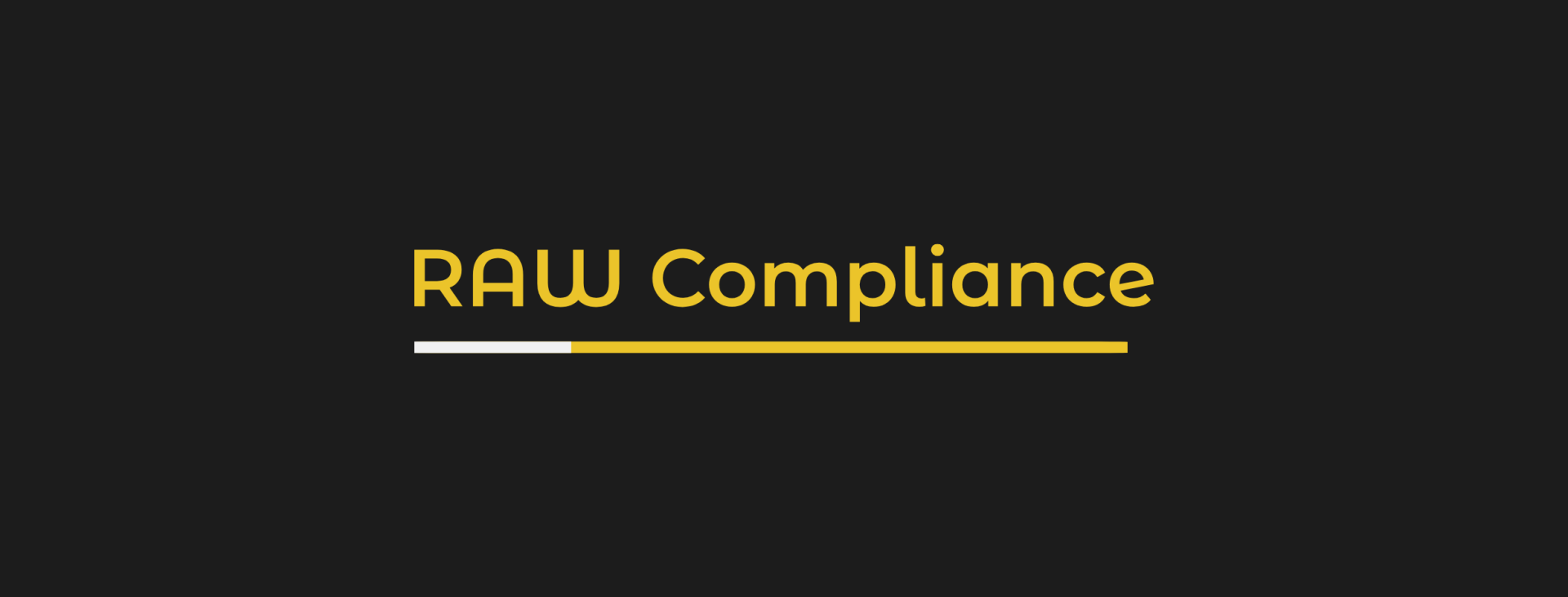Enroll Today
MLRO Certification
Elevate Your Career with the MLRO Certification!
Our MLRO Certification is a dynamic training program designed to equip you with the practical skills and knowledge needed to excel as a Money Laundering Reporting Officer (MLRO) in today’s fast-paced financial landscape, including TradFi, Fintech, and Crypto firms.
This certification not only hones your technical expertsie in risk farmework build and operational effectiveness, but importnatly also enhances your ability to communicate effectively with senior management, auditors, and regulators. You’ll learn best practices for transparent reporting while developing essential communication skills to foster positive relationships with key stakeholders.
Upon completion of this program, you'll be fully prepared to navigate the complexities of your role and ensure your organisation remains compliant with all relevant laws and regulations, and your risk controls are managable, appropriately calibrated and relevant to your business and risks.
Invest in your future and take the next step in your compliance career with the MLRO Certification!
Invest in your future and take the next step in your compliance career with the MLRO Certification!
Format
Self Paced Virtual Training
Starting date
Available Now
Duration
8 Sections x Approx 4 Hours
Price
LIMITED OFFER: $300 USD
Payment plans available
WHAT YOU ARE GOING TO LEARN
Course Structure
Part 1: The Role of an MLRO
I. Introduction
Part 2: Global Regulatory Landscape
I. Introduction
- The role of an MLRO - overview of the role and expectations
- Experience, skillsets and qualifications
- Regulatory appointment requirements
Part 2: Global Regulatory Landscape
I. Regulatory Landscape
- Comparative overview of various global regulatory financial Crime regulators and rulebooks
- UK Focused - FCA regulations related to Financial Crime
- Recent updates and changes in regulatory requirements including case law and news articles for risk awareness in new and emerging risks
Section b: Automaed Procedures
I. Introduction to Automated Controls
I. Introduction to Automated Controls
- Define automated controls and their role in compliance
- Importance of automated controls in detecting and preventing compliance risks
- Overview of the compliance officer's role in reviewing automated controls
Speakers
Oonagh van den Berg
CEO & Founder of RAW Compliance
About
Oonagh van den Berg is an award winning compliance officer with over 20 years’ experience in financial services. She is one of the leading voices and trainers globally in compliance risk management and has built and led various compliance risk framework developments and teams across the industry for a diverse range of financial entities, including traditional banks, Fintechs, and Crypto firms. She is an advocate for ethical compliance leadership and framework development, with increased automation including AI and Machine Learning integration.
Course Feedback
Having recently completed the certification, I can confidently say that the RAW Compliance MLRO Cerification provides an exceptional educational experience. The curriculum is comprehensive, up-to-date, and well structured, ensuring that all participants gain the necessary knowledge and skills to excel in their roles.
The quality of the training materials and the expertise of the instructors further enhance the learning experience, making it both engaging and highly informative. RAW Compliance has demonstrated a deep commitment to its participants' success, providing continuous guidance and addressing any queries promptly.
The support and resources provided throughout the certification process are unparalleled. The programme's focus on practical application and real-world scenarios is particularly valuable, offering insights that go beyond theoretical understandingUs
Write your awesome label here.
AI and Compliance
Certification
This course is designed to provide practitioners with a comprehensive understanding of compliance issues related to artificial intelligence (AI).
Write your awesome label here.
CRFCC
Certification
Designed to empower professionals with the knowledge and skills necessary to navigate the complex world of cryptocurrency regulation and financial crime prevention.
Write your awesome label here.
RAW Product
Training
Each product and service training module covers the specfic set of features, risks, and regulatory considerations associated.
Write your awesome label here.
RAW Technical Courses
Designed to equip individuals or professionals with the necessary knowledge and skills to understand and adhere to the regulations, standards, and best practices.
